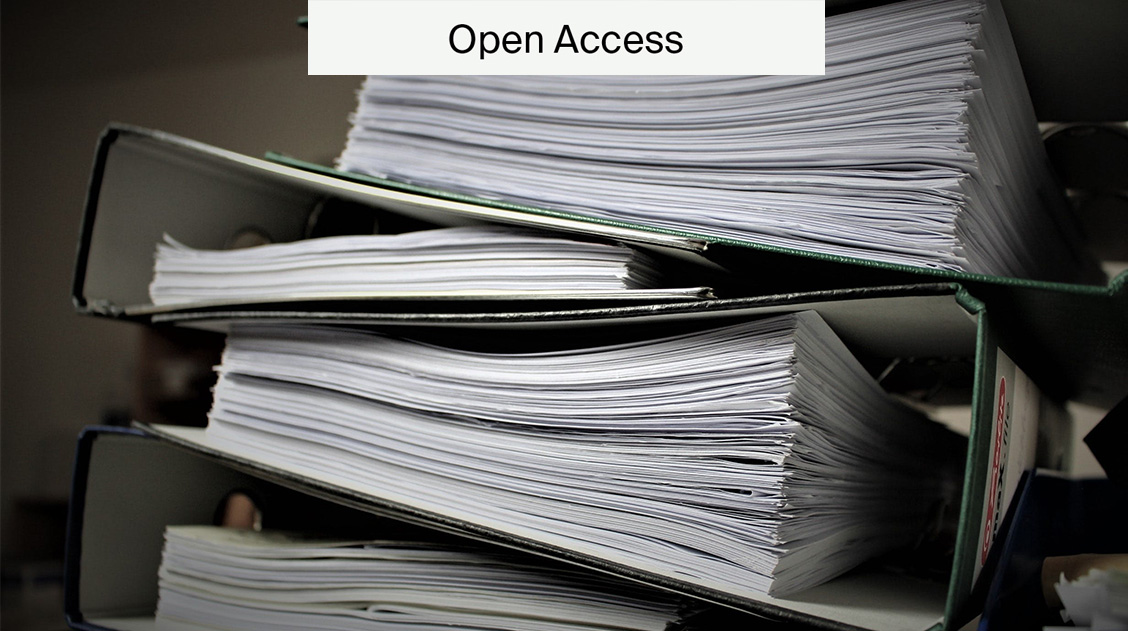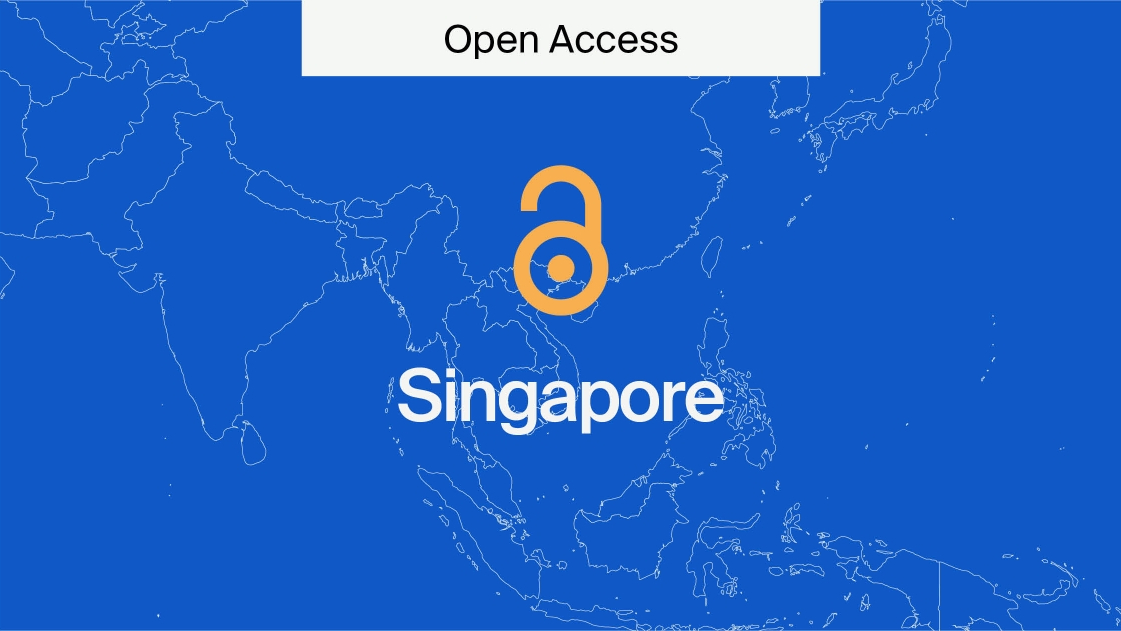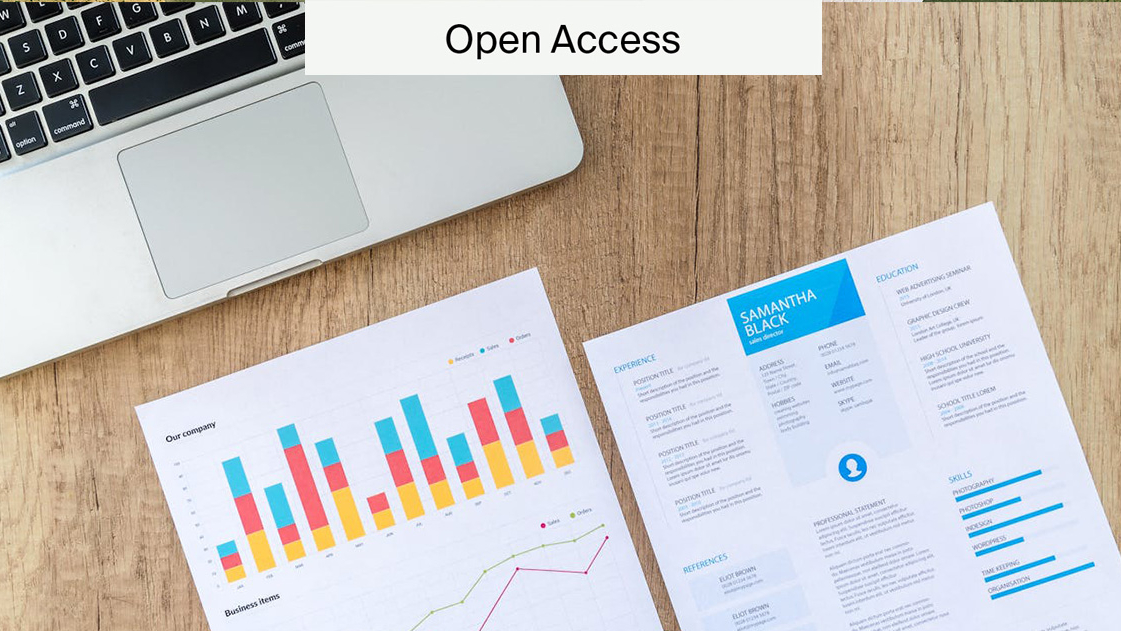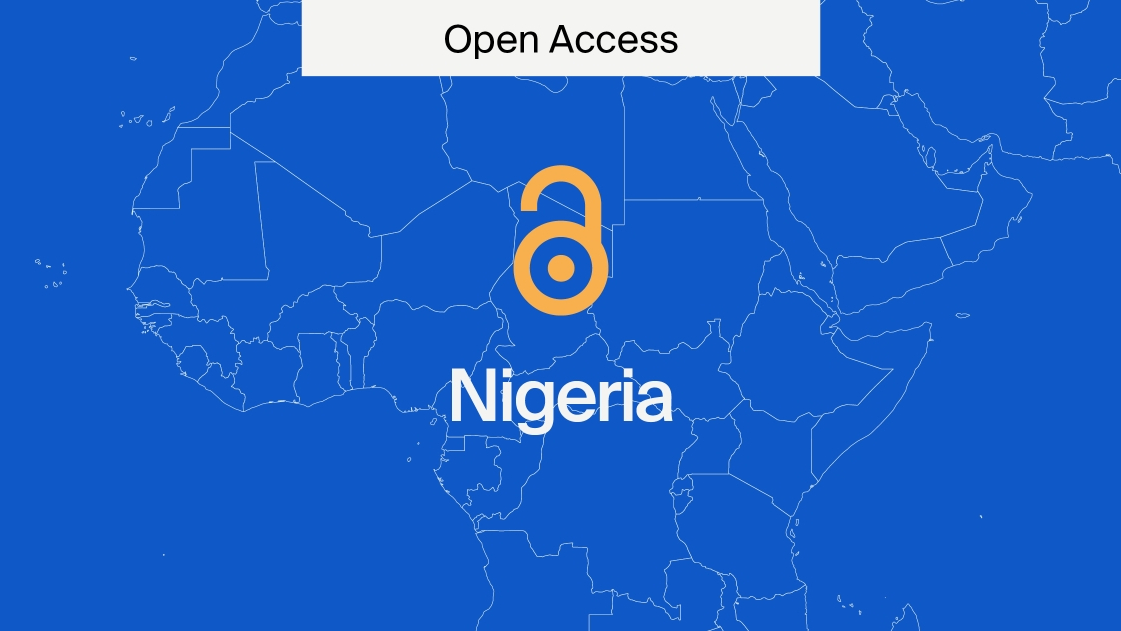
DOAJ—A Quality Control System for Open Access Publishers
The Directory of Open Access Journals (DOAJ)—a community-curated list of Open Access journals—was launched in 2003 at Lund University, Sweden, with the aim of promoting high-quality, peer-reviewed, Open Access material. It is effectively a quality control system for Open Access publishers.
DOAJ is operated by IS4OA, a non-profit company registered in the United Kingdom, covering all research fields and also collaborating with other organizations committed to high-quality Open Access publishing.
Interview with Lars Bjørnshauge
We had the honor of discussing DOAJ with its founder Lars Bjørnshauge. Through our conversation, we were able to find out more about the aims of DOAJ and future perspectives. Here are Lars’ responses to our questions:
DOAJ was one of the first organizations to use a quality control system to guarantee the content of Open Access publications. How did the idea come about?
LB: The idea came up in the very early days after the BOAI-meeting. We had a Nordic Conference of Scholarly Communication in Lund, Autumn, 2002, and an audience member suggested that we need a list of Open Access journals. As the host, I volunteered to create such a list, and we got a small grant from the Open Society Foundation to start it up.
On your website, there is a section explaining the publishing best practice and basic standards for inclusion. How were these standards first established and how have they changed over the years?
LB: The information for publishers on the DOAJ website has changed a lot over the years. At the beginning, these were very crude recommendations, just instrumental in distinguishing an Open Access journal from a subscription journal. But as things developed, we realized that there were much more details to be added, not least because of the increasing demands from all stakeholders about various issues, like article processing charge (APC), licenses, editorial board, rights issues, plagiarism, archiving, etc. Much of the backbone of all this is the Principles of Transparency and Best Practice in Scholarly Communication, which was developed very much based on the draft criteria for inclusion in DOAJ, in collaboration with leading organizations in publishing, like COPE, WAME and OASPA. New and updated information will be published shortly.
What are the most common reasons for rejection of a journal’s application?
LB: Oh, there are many different reasons. In order to deal with the 500 new applications coming in each month, we have implemented a triage procedure, where a number of show-stoppers are in play. Lack of ISSN, lack of Open Access statement, same URL in most of the answers, etc. But after passing the triage gate, a lot of other key questions draw attention, like the composition of the editorial board, rights issues, etc.
Even though DOAJ currently has over 10,000 journals on its “whitelist”, why do you think some authors are still skeptical when it comes to publishing in Open Access form?
LB: I definitely think Open Access publishing has made a lot of ground, but there is still a lot of work to do to wipe out the myths. I think that funders, university and research managers have a huge task in putting action behind their words, when they are saying that they want Open Access. It is time now not to punish researchers for publishing in Open Access but rather to reward them for a behavior that their masters say they would like to see.
What is the future for DOAJ and how do you plan to tackle the increasing number of Open Access journals?
LB: I think the future is bright for a resource that highlights good Open Access publishing and filters out unethical publishers. We can see increased usage and support all the time. We still have lots of work to do in terms of allowing/requiring publishers to update their information, but we will get there! I am sure our great team will improve their capacity to identify decent publishers and spend time on helping them do a better job.

DOAJ—A Quality Control System for Open Access Publishers
So, if you want to learn more about DOAJ and Open Access generally, we have plenty of content on the Blog available for you.










